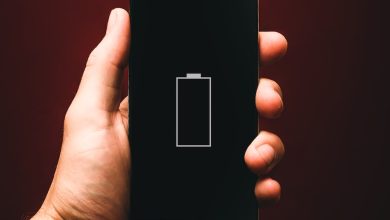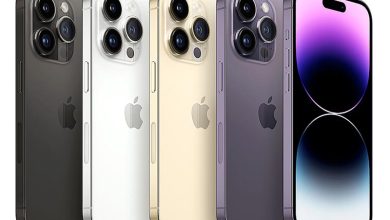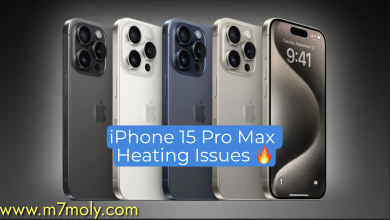What is Your Screen Refresh Rate? and How They Impact Your Phone’s Battery Life?

In the world of smartphones, “refresh rate” has become a common term in new phones launch presentations. It’s not just a mobile techie spec; it’s a key factor that shapes how we interact with our phones as ordinary users or as guru gamer. In simple terms, it’s the frequency at which your screen refreshes every second. And yes, it has a two-fold impact: making your screen visually pleasing and dictating how long your battery will last.
A high refresh rate isn’t just about silky animations and smooth scrolling. It also makes your phone’s touchscreen more reactive, which is a big deal if you’re into things like gaming or digital drawing. On the flip side, the higher you go with the refresh rate, the quicker your battery could drain. Some new phones try to balance this out by auto-adjusting the refresh rate based on what you’re doing at the moment.
So, what’s the takeaway? If you’re a casual user who mainly surfs the web or checks social media, a standard 60Hz should be fine. But if you’re a media junkie or a gamer, you might find the faster refresh rates worth the hit to battery life.
Refresh Rates – Definition and Functionality
This digital revolution in smartphones, a slender piece of technology transforming our daily lives. While checking your phone’s details, ever wondered about the technical jargon Refresh Rate? Let’s decipher the pivotal one today, “Refresh Rate,” and its role in smartphones.
Simply put, refresh rate means the number of times an image is updated on your smartphone screen per second. Essentially, it’s measured in Hertz (Hz). A 60Hz refresh rate means that the screen redraws 60 times per second. This crucial feature isn’t about mere digits, it’s directly involved with the responsive and smooth experience we relish while scrolling and gaming on smartphones. To better understand the feature, see below video on how the Refresh Rate is smoother on right while on left look less smooth:

The idea of higher refresh rates is taking a precedence in modern smartphone technology. Brands promise refresh rates soaring as high, if not higher, than 120Hz in their flagship models. But more Hz means more than just an increase in number. It translates into seamless scrolling unveiling a stream of tweets or refreshing your inbox with a smoother flick of the thumb. That’s the magic of a higher refresh rate; it’s about reducing motion blur and reinforcing the attention to detail.
On a charming side note, it’s fascinating how this is relatively similar to the old movie reels where increasing the frames per second (another close cousin of ‘Hz’) manipulated motion fluency. To draw a parallel, imagine the refresh rate as a digital depiction of the traditional movie reel in smartphones.
Gaming enthusiasts, you’re in for an incredible ride. High refresh rates are miraculous for action-packed gaming experience on smartphones. It minimizes lag and tweaks responsiveness while you navigate through the exhilarating landscapes of the virtual gaming world. See below video of how the experience of playing PUBG Mobile differs between phones with 60Hz and 90Hz screens:
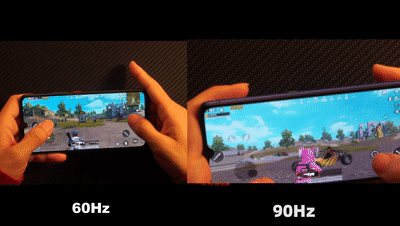
With great power comes great responsibility, and in this case, immense battery drainage. The chief drawback of a higher refresh rate is its draining effect on the battery life. More screen refreshing requires more power, which in turn guzzles the battery. Smartphone brands have ambitiously tackled this issue by providing settings to switch between different refresh rates, enabling users to pick a rate suiting their specific needs.
The future of smartphones looks promising with dynamic refresh rates. The adaptive or variable refresh rate is where the smartphone smartly adjusts the refresh rate without any user intervention. It intensifies while gaming or scrolling and slows down while staring at a static image—goodbye, unnecessary battery drain!
In closing, the rising trend of higher refresh rates is more than just a marketing gimmick. It’s a tech leap towards an improved and immersive smartphone experience. Although a higher refresh rate is indeed eye-candy and significantly elevates user experience, it’s crucial to note its impact on battery life. Remember, knowledge of the subject empowers you to make smarter decisions and ensure you bag the biggest bang on your smartphone buck.
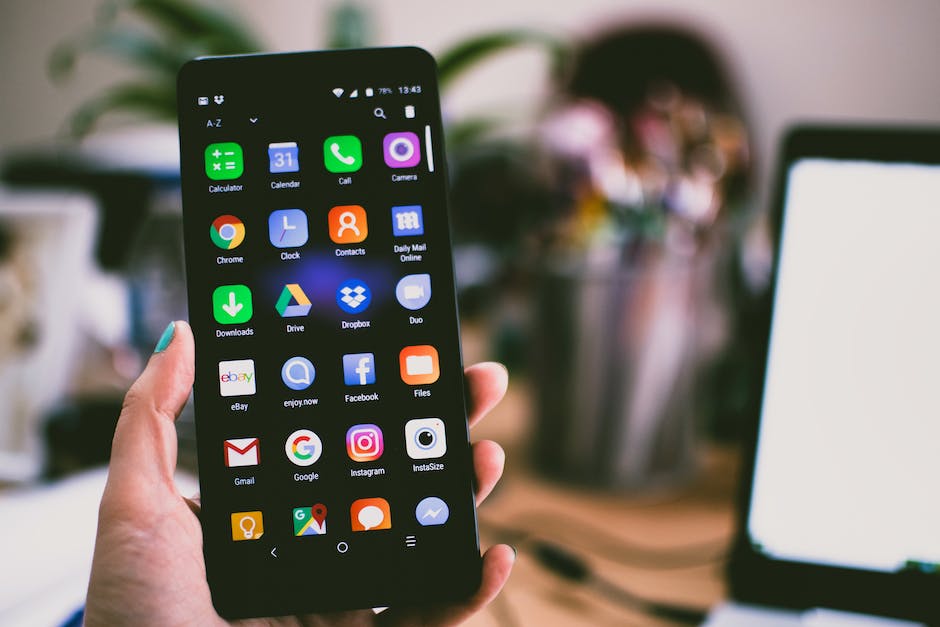
Influence of High Refresh Rates on Smartphone Battery
Already familiar with the essential definition and benefits of refresh rates in elevating the overall smartphone experience, let’s further understand the direct relationship between high refresh rates and smartphone battery life.
Before we jump in, let’s briefly revisit what we know: refresh rates impact scrolling and gaming experiences. Higher rates translate into smoother visuals and gameplay. However, there’s a trade-off, as these higher rates can also significantly drain the battery life of the device. Now, how does this happen?
It’s simple: the higher the refresh rate, the harder the processor has to work. A 60Hz refresh rate means the screen refreshes 60 times per second, while a 120Hz rate doubles this workload. Consequently, this increased workload consumes more power, thereby depleting the battery faster.
There’s a tangible comparison to make. It’s like a car with a larger engine – the larger the engine, the more fuel it consumes. Similarly, the higher a smartphone’s refresh rate, the faster it consumes battery life.
Could there be a balance? A way to reap the benefits of a high refresh rate without sacrificing the battery life? Well, tech makers are continually developing innovative solutions to this conundrum. One such attempt has given birth to smartphones with dynamic and adaptive refresh rates, as covered earlier.
In a nutshell, dynamic refresh rates allow the smartphone to switch between various refresh rates as per the requirement of the application in use. This feature optimizes both performance and battery life. On the other hand, adaptive refresh rates do the same, but with improved efficiency as they automatically adjust the refresh rate to match the content.
For instance, when using social media apps, where the improved fluidity of a high refresh rate goes unnoticed, the smartphone, if equipped with an adaptive rate, would automatically lower the refresh rate. This fine-tuning allows for an optimal balance between performance and battery life.
Another strategy adopted by brands to mitigate the battery drainage issue is the introduction of larger batteries and faster charging options. However, these solutions seem to treat the symptom, not the disease, and often come with their own compromises, such as a heavier phone or a hotter running device.
In this tech-fueled era, it’s pivotal to make informed decisions when it comes to choosing a smartphone. Refresh rates certainly deliver an enhanced viewing and gaming experience but can take a toll on battery life. With advancements like dynamic and adaptive refresh rates, one might strike a balance, but it’s equally important not to overlook other factors like battery size, energy-efficient processors, and optimized software.
In the end, it’s a juggling act between many variables. It’s fingers crossed then, for the best outcome from the innovative minds at the helm of smartphone technology!
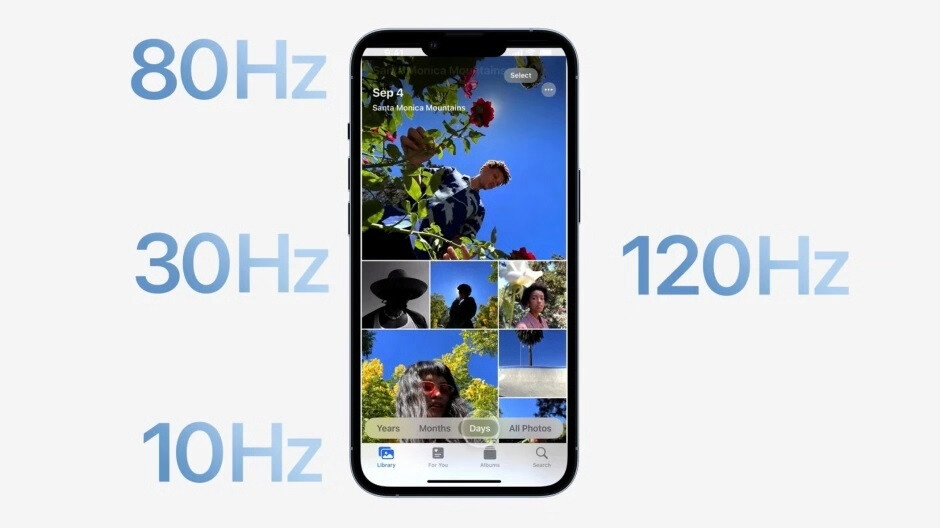
Balancing Refresh Rates for Optimal Battery Life
Proactively managing refresh rates emerges as the first step in maintaining the delicate balance between power usage and device functionality.
A piece of advice thrown around in tech forums is usually to lower one’s refresh rate.
While this method may conserve the battery life, it is not the optimal solution for tech enthusiasts, who crave that superior scrolling and gaming experience high refresh rates provide.
The answer to this conundrum lies in understanding that refresh rates do not exist in isolation.
It is one cog in the larger mechanism that drives your device.
Going with the car engine analogy, you wouldn’t just focus on the fuel consumption without considering other factors such as the car’s engine efficiency, tires, and overall condition.
A similar approach should be adopted while grappling with refresh rates and battery life.
For example, a device with a larger battery capacity may handle higher refresh rates better without significant drop-offs in battery life.
However, larger batteries contribute to the overall size and weight of the device, which may not sit well with users who prefer sleek, lightweight smartphones.
Fast charging may also prove beneficial, but constant usage can lead to a shortened battery lifespan.
Dynamic and adaptive refresh rates can be a game-changer in this equation.
Dynamic refresh rates are context sensitive – they scale in response to the task at hand.
When a high frame rate isn’t necessary, such as reading a static webpage or an e-book, the refresh rate automatically slows.
This automation conserves power without depreciating user experience.
Adaptive refresh rates take it a step further by adjusting frame by frame to the speed of the content, ensuring even better battery optimization.
Another pivotal factor in this logistical puzzle is the device’s processor.
Energy-efficient processors will use less power, potentially offsetting the increased drain caused by a higher refresh rate.
Indeed, many of today’s top smartphone processors are built with this balance in mind.
Alongside this, having an optimized software that works in tandem with your hardware can make a significant difference in battery life.
All these aspects highlight that balancing high refresh rates with reasonable battery life isn’t a straightforward process.
It requires gaining comprehensive perspectives on numerous factors to match one’s unique usage habits and preferences.
In making informed decisions about your smartphone, the whole should, therefore, always be greater than the sum of its parts.
After all, who says a tech enthusiast can’t enjoy the thrill of seamless device performance without compromising battery life?
Both can exist harmoniously and add more milestones to our ever-advancing technological landscape.

With an influx of smartphones boasting high refresh rates screens, users are faced with the challenge of maintaining optimal battery health while enjoying smooth visuals. What this exploration reveals is that while higher refresh rates can lead to increased fluidity in the user interface and smoother motion rendering, they also require more power, leading to faster battery drainage. However, with knowledge of how refresh rates function, and by applying strategies and best practices for managing them, it is possible to experience the best of both worlds. From manually adjusting settings to relying on adaptive refresh rate technology, both users and manufacturers are empowered to make the most out of their digital experiences.
